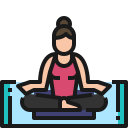Beginner Yoga Poses for Stress Reduction
Today’s theme: Beginner Yoga Poses for Stress Reduction. Breathe in calm, breathe out tension. Join us as we explore gentle, beginner-friendly postures and mindful rituals that soothe the nervous system, invite clarity, and help you unwind. Subscribe to receive weekly calming sequences and compassionate guidance.
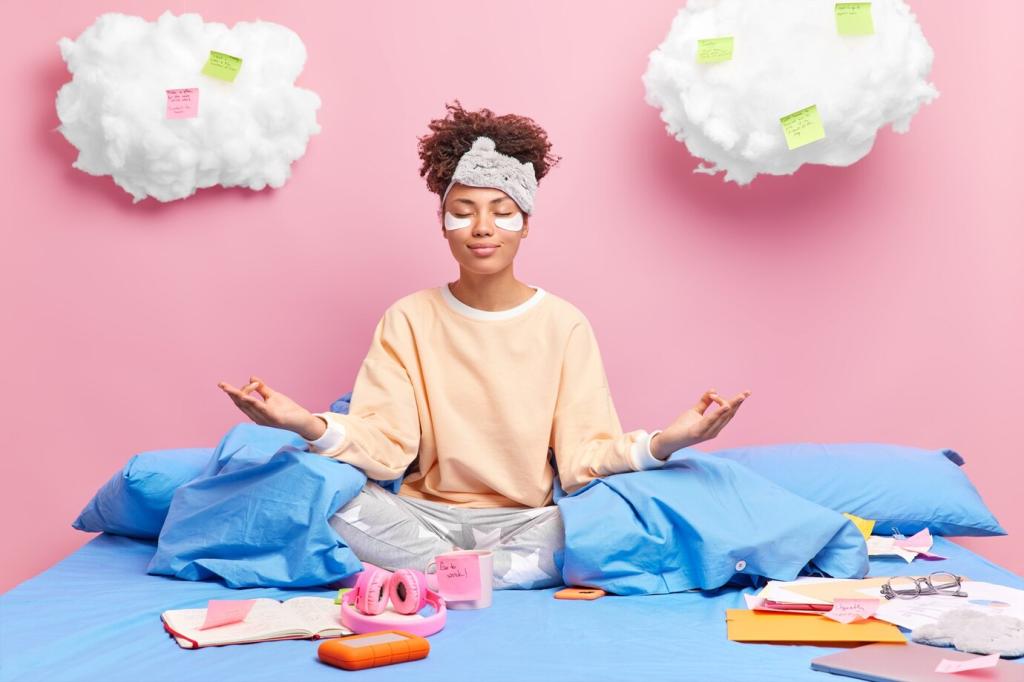
Start Here: Foundations of Calm
Settle into a comfortable seat and notice your natural rhythm. Begin lengthening your exhale slightly more than your inhale. This simple shift signals safety to your body, softens jaw and shoulders, and turns basic movements into genuinely stress-reducing yoga.
Start Here: Foundations of Calm
In Mountain Pose, spread your toes, root through heels, and imagine your spine lifting like a gentle sunrise. When the body feels supported, the mind follows. This steady alignment makes beginner yoga poses for stress reduction feel safe, clear, and effective.
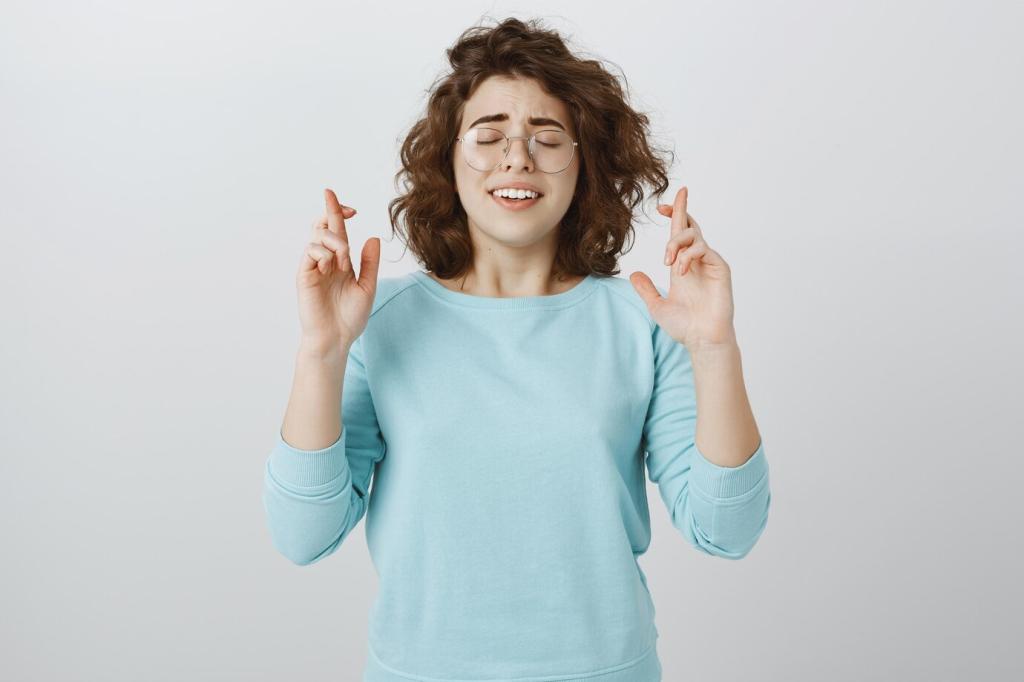
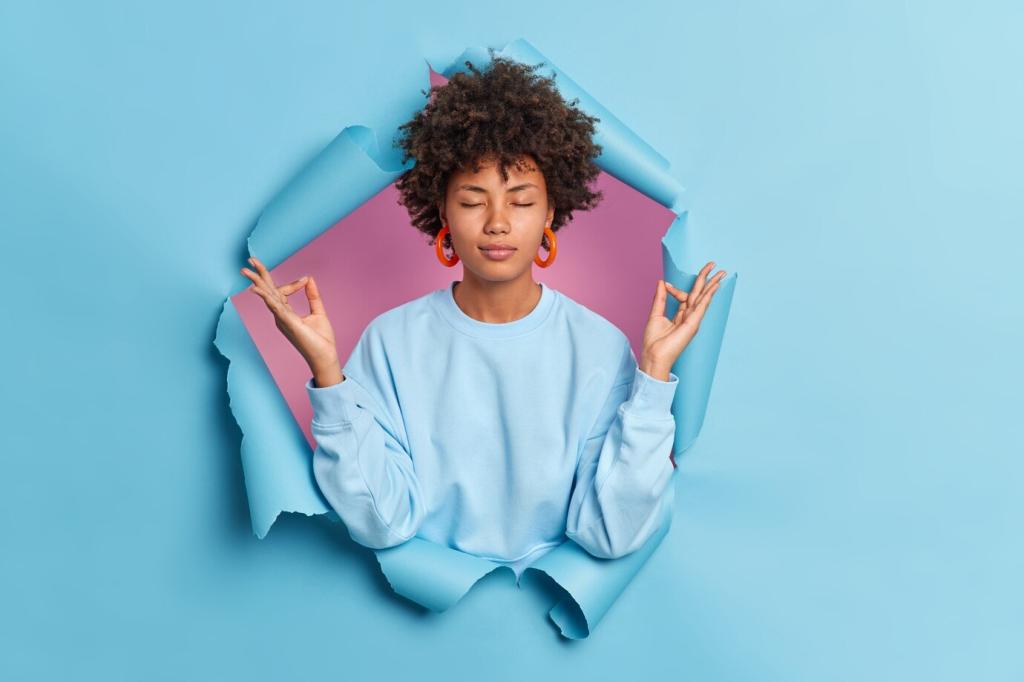
A Gentle Sequence to Unwind
Knees wide, big toes touching, forehead on a block or mat. Let your belly rest between thighs as shoulders melt. Slowly extend exhalations. This beginner yoga pose for stress reduction comforts the nervous system and encourages a grounded, secure feeling.
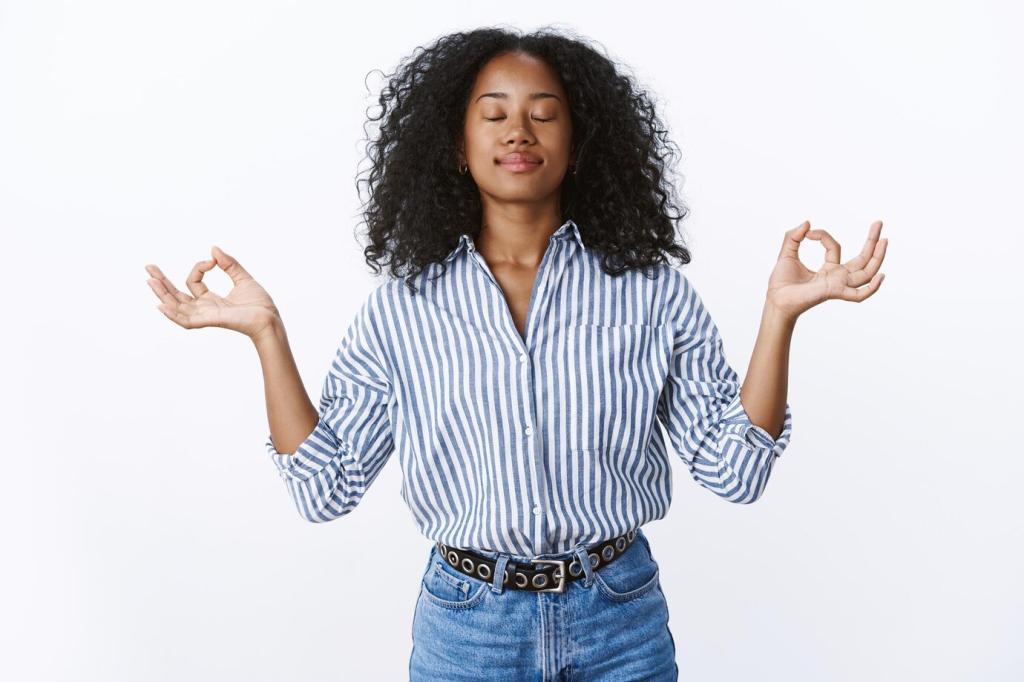
Micro-Practices for Busy Days
Two-Minute Desk Reset
Sit tall, interlace fingers, press palms up, and breathe with a slow count out. Add a gentle seated twist right and left. This small break refreshes posture, eases neck tension, and keeps beginner yoga poses for stress reduction accessible at work.
Five-Breath Forward Fold
Stand with soft knees, hinge at hips, and let arms dangle. Take five slow breaths, lengthening each exhale. Imagine stress sliding off your spine. This quick beginner-friendly fold clears mental fog and calms overstimulation without needing a mat.
Evening Shoulder Unwind
Clasp hands behind your back or hold a strap, lift heart gently, then release into a soft hug. Alternate twice. The combination of opening and comforting containment signals safety, reinforcing beginner yoga poses as a nightly stress-reduction anchor.
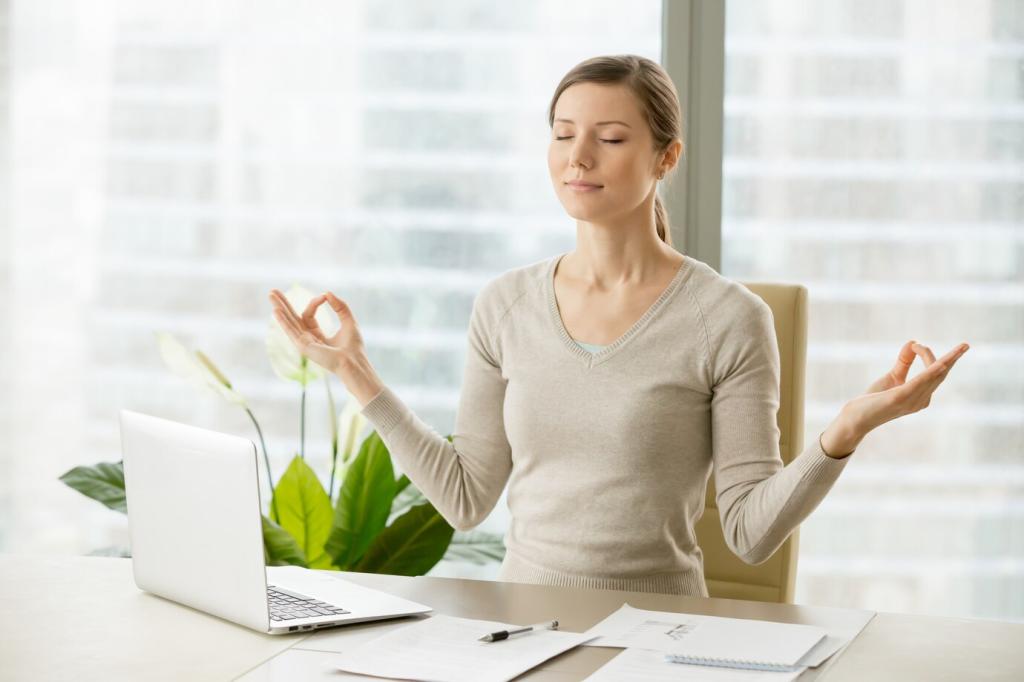
Why It Works: Science and Stories
Nervous System Rebalancing
Slow exhalations, supported shapes, and rhythmic motion stimulate the vagus nerve, increasing heart rate variability. This physiological shift favors rest-and-digest states. That is why beginner yoga poses for stress reduction feel reliably soothing, not just pleasant in the moment.
Cortisol and Gentle Movement
Research suggests that low-intensity activities paired with mindful breathing can reduce cortisol over time. Soft sequences allow your body to recalibrate without overload, making beginner-friendly yoga a practical, sustainable antidote to chronic stress and nightly overdrive.
Maya’s First Month
Maya set a three-pose routine before bed: Child’s Pose, Cat–Cow, Legs Up the Wall. She tracked sleep and mood. After two weeks, fewer 3 a.m. wakeups; by week four, calmer mornings. Share your experience below—your story could encourage someone new.
Safety, Accessibility, and Kindness
Use a chair, blocks, or folded blankets without hesitation. Support invites relaxation and makes beginner yoga poses for stress reduction more effective. Comfort is not a shortcut; it is the secret door your nervous system trusts enough to open.
Safety, Accessibility, and Kindness
Move slower than you think you need. If breath shortens, pause. If a shape pinches, adjust. This respectful pacing builds confidence, ensuring beginner yoga remains a reliable, safe pathway to stress relief rather than another source of pressure.

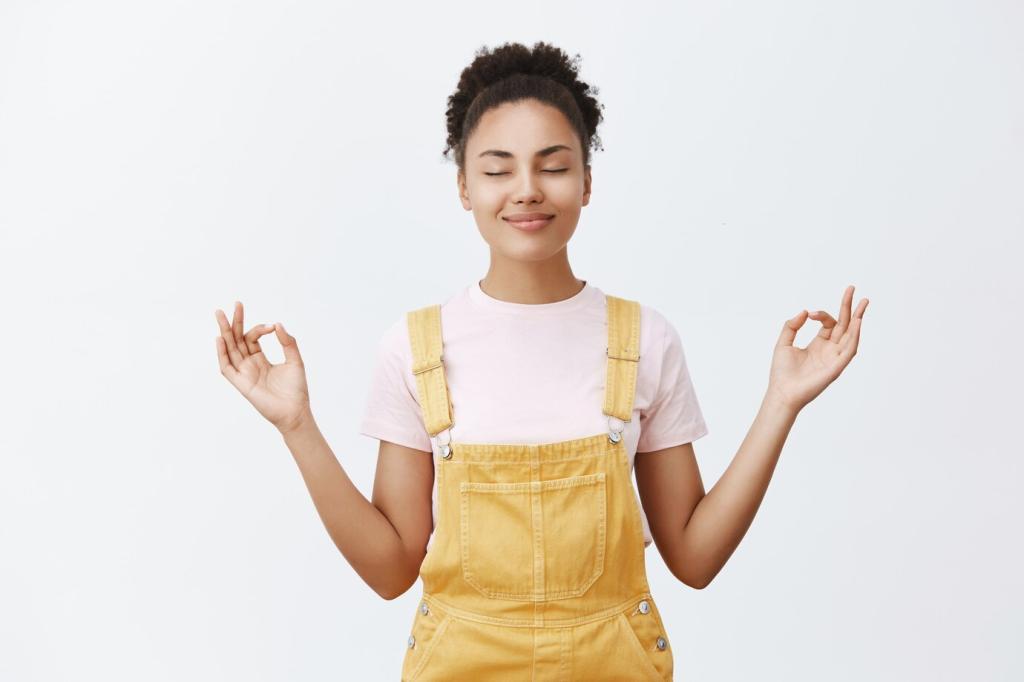
Build Your Personal Calm Routine
A Weekly Template
Try three short sessions: two on weekdays, one longer on Sunday. Repeat the same beginner sequence for familiarity. Stress reduction thrives on consistency; simplicity removes friction. Tell us which days work for you, and we will share tailored tips.
Habit Stacking for Ease
Attach practice to existing routines: after brushing teeth, before coffee, or right after logging off. Keep a mat visible. These cues make beginner yoga poses for stress reduction feel automatic, reducing the willpower tax when energy is low.
Track What Actually Helps
After each session, jot two lines: mood before, mood after. Patterns appear quickly. You will learn which beginner poses shift stress fastest. Share your findings in the comments and subscribe for printable trackers and supportive weekly check-ins.
